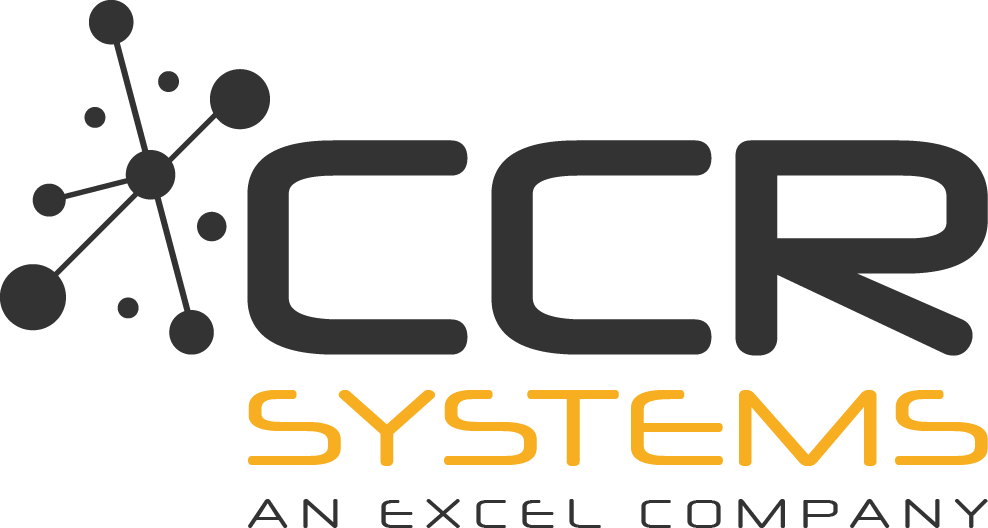Cabling & Infrastructure
You have access to our group of devoted, knowledgeable data cabling engineers when you choose CCR Systems for your structured cabling installation. Our specialist team of engineers have installed thousands of miles of data cabling for education, healthcare, construction, and businesses throughout a wide range of environments.
